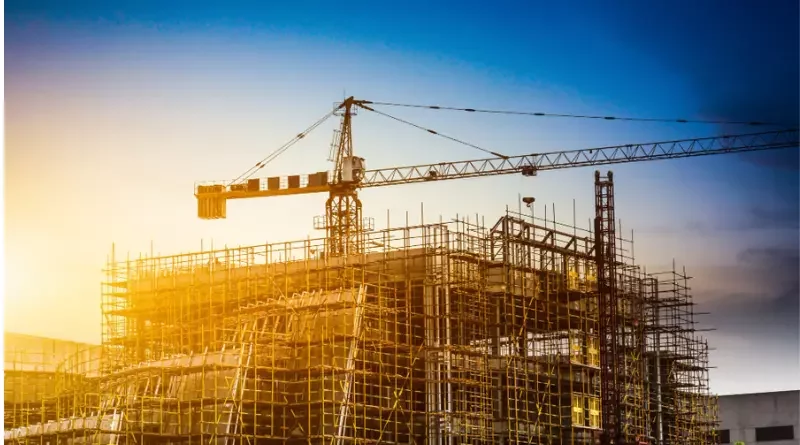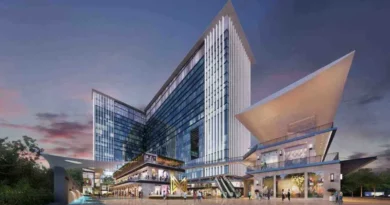The Challenges and Solutions of Urban Construction
Urban construction projects come with their own set of unique challenges, including limited space, complex regulations, and the need to minimize disruption to the surrounding area. Despite these difficulties, cities around the world are growing at a rapid pace and require new infrastructure and buildings to accommodate this growth. In this blog, we will discuss some of the biggest challenges of urban construction and provide solutions to help overcome them.
Limited Space and Accessibility
One of the main challenges of urban construction is the limited space available for building home and the difficulties in accessing the construction site. In densely populated areas, finding suitable land for construction projects can be a major challenge. Additionally, the limited space often means that contractors must work in tight spaces with limited access, making it difficult to bring in large equipment and materials.
Solution
To overcome these challenges, construction contractors should look into alternative construction methods such as prefabrication and modular building. These methods allow for components to be manufactured off-site and then assembled on-site, reducing the need for large equipment and materials to be brought in. Additionally, implementing innovative solutions such as using drones and cranes can help overcome accessibility issues by allowing construction materials to be brought in from above.
Complex Regulations
Urban construction projects are subject to a wide range of regulations and permits, including zoning regulations, building codes, and environmental protection laws. Navigating these complex regulations can be a time-consuming and costly process, and failure to comply with them can result in significant fines and delays.
Solution
To minimize the impact of complex regulations, contractors should have a thorough understanding of the regulations and permitting process before starting a project. Additionally, hiring an experienced and knowledgeable project manager who is familiar with the regulations can help ensure compliance and minimize the risk of fines and delays.
Minimizing Disruption to the Surrounding Area
Urban construction projects often take place in densely populated areas, making it important to minimize the disruption to the surrounding community. This can include noise, dust, and traffic disruptions, among others.
Solution:
To minimize the impact of construction on the surrounding community, contractors should implement a comprehensive community outreach program. This can include regular communication with local residents and businesses, offering compensation for any inconvenience caused, and implementing measures to minimize noise, dust, and other disruptions. Additionally, utilizing innovative construction methods, such as noise barriers and dust suppression systems, can help reduce the impact of construction on the surrounding area.
Cost and Time Management
Urban construction projects can be expensive and time-consuming, particularly when working in densely populated areas. The limited space, complex regulations, and need to minimize disruption to the surrounding area can all contribute to increased costs and delays.
Solution:
To manage costs and time effectively, contractors should have a comprehensive project management plan in place. This should include a detailed schedule, budget, and risk management plan. Additionally, using project management software and tools, such as scheduling and budgeting software, can help contractors stay on track and minimize the risk of delays and cost overruns.
Conclusion
Urban construction projects come with their own unique challenges, including limited space, complex regulations, and the need to minimize disruption to the surrounding area. However, with the right approach and innovative solutions, these challenges can be overcome, allowing contractors to deliver successful construction projects in urban areas. By implementing alternative construction methods, understanding complex regulations, minimizing the impact on the surrounding community, and managing costs and time effectively, contractors can ensure the success of their urban construction projects.



